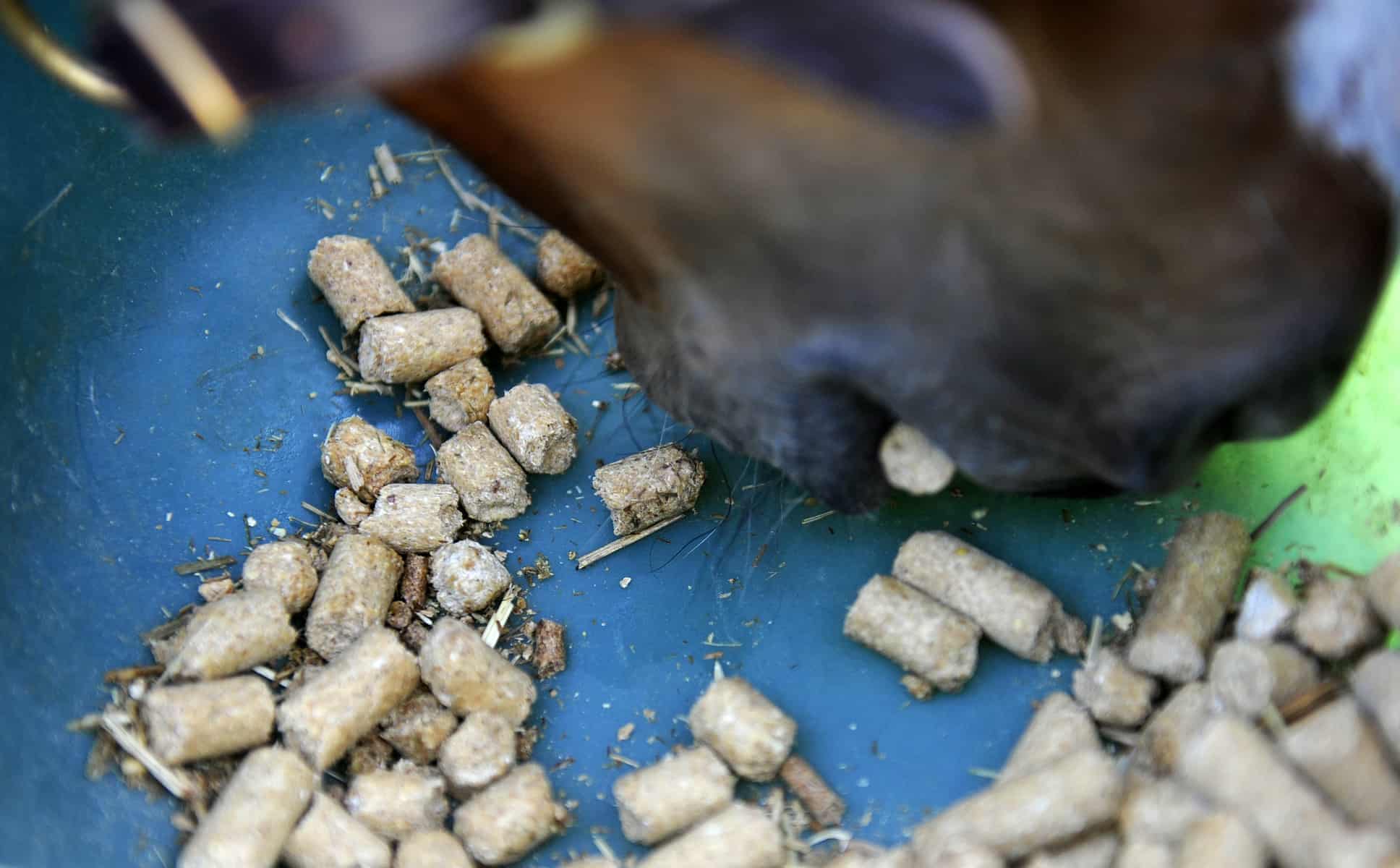Your Horse’s Feed: From Field to Feed Bag

Learn how your horse’s dinner arrives nutritionally balanced and quality-control tested
Horses have long enjoyed the addition of concentrates and complete feeds to their forage rations. We take regular trips to the feed store to pick up these products—packaged neatly in brightly colored, sweet-smelling bags—or, perhaps, we have the feed supplier deliver them to the farm. But have you ever wondered how your horse’s feed is made and what quality controls are in place to ensure he’s consuming a safe product? In this article, two independent nutritionists who have worked with a variety of feed manufacturers will share what they’ve learned.
Horse feed manufacturers range from small local mills to large ones that can produce hundreds of tons of feed per day. At some mills people produce the feed by hand, while at others mechanized equipment controlled by the latest technology does the job. And it’s not just the largest feed mills that are most advanced. Clair Thunes, PhD, owner of Summit Equine Nutrition, in Gilbert, Arizona, recalls a small mill she visited that was completely computerized, while a larger feed manufacturer still relied on manpower for its bagging line. Neither method is better than the other because every mill must abide by the same regulations and quality assurance practices.
“Our feed, just like our food, is safer than it used to be,” says James Lattimer, MS, PhD, assistant professor of equine nutrition at Kansas State University, in Manhattan. “We continually come out with new processes that allow us to use new ingredients to increase the performance and digestibility and improve intakes TheHorse.com is home to thousands of free articles about horse health care. In order to access some of our exclusive free content, you must be signed into TheHorse.com. Already have an account?Create a free account with TheHorse.com to view this content.
Start your free account today!
and continue reading.
Written by:
Sarah Evers Conrad
Related Articles
Stay on top of the most recent Horse Health news with















